Building Fine-Motor Foundations
Before students begin formal letter formation, the focus is on strengthening the fine-motor muscles required for controlled writing. Each session begins with whole-class play-dough hand exercises, which develop finger isolation, grip strength, and bilateral coordination - key precursors to handwriting success.
Learners are increasingly able to articulate the purpose of this work.
This readiness phase supports learners to engage confidently with pencil tasks.
My hands feel strong now. I can squeeze the dough really hard.
I can make tiny balls now - my fingers are getting better.
Developing an Efficient Pencil Grip
The class then transitions into the crocodile snap pencil-grip routine. This structured sequence supports students to position their fingers correctly and stabilise the pencil, leading to improved control and reduced fatigue.
You can see students becoming more aware of how their hands work. Some children need reminders, some need hand-over-hand support, and some are now confident enough to help their peers.
The process is to break down the skill into small steps, with lots of modelling and repetition.
This explicit instruction ensures students develop a functional and sustainable pencil grip early in their schooling.
My crocodile is ready to snap my pencil!
Explicit Letter-Formation Teaching
Letter formation is taught through the Australian Handwriting Heroes programme, which aligns well with the structured, movement-based approach emphasised in the new curriculum. Letters are introduced in meaningful groups based on shared movement patterns, supporting learners to recognise similarities and develop automaticity.
Students explore letters through categories such as:
-
Skydivers - letters that start at the top and descend.
-
Cannon pops - letters beginning with the c shape.
-
Bouncers - letters that bounce up before descending
-
Surfers - letters that begin on a horizontal “wave”
-
Skiers - diagonal-based letters requiring slanted movement.
This classification makes learning logical and memorable. Each letter is paired with an action sentence - such as “l skydives down and lands on a lemon” - embedding both language and movement in students’ understanding.
A typical session includes:
-
viewing a short animated introduction to the focus letter group
-
practising large motor patterns in the air
-
rehearsing the shape using whiteboards
-
applying the formation with pencils on paper
These cues support students to internalise the correct pathways, reducing reversals and promoting fluency.
Differentiation to Support All Learners
While the class follows the same overarching routine, teaching is differentiated to meet individual learning needs.
Some learners spend longer strengthening their fine-motor control.
Others receive targeted support in specific letter families.
Confident writers extend their learning by applying letter formation in authentic writing tasks.
This responsiveness ensures every learner experiences success.
Look! My letters are sitting on the line today!
I can form my letters correctly and sit them on the line. Can I have a challenge tomorrow?
Aligned, Purposeful, and Developmentally Informed
These practices are well-established in the classroom and align closely with the new New Zealand Handwriting Curriculum. The routine provides a coherent, sequenced, and developmentally appropriate pathway that strengthens early writing foundations and supports each child to see themselves as a capable, growing writer.
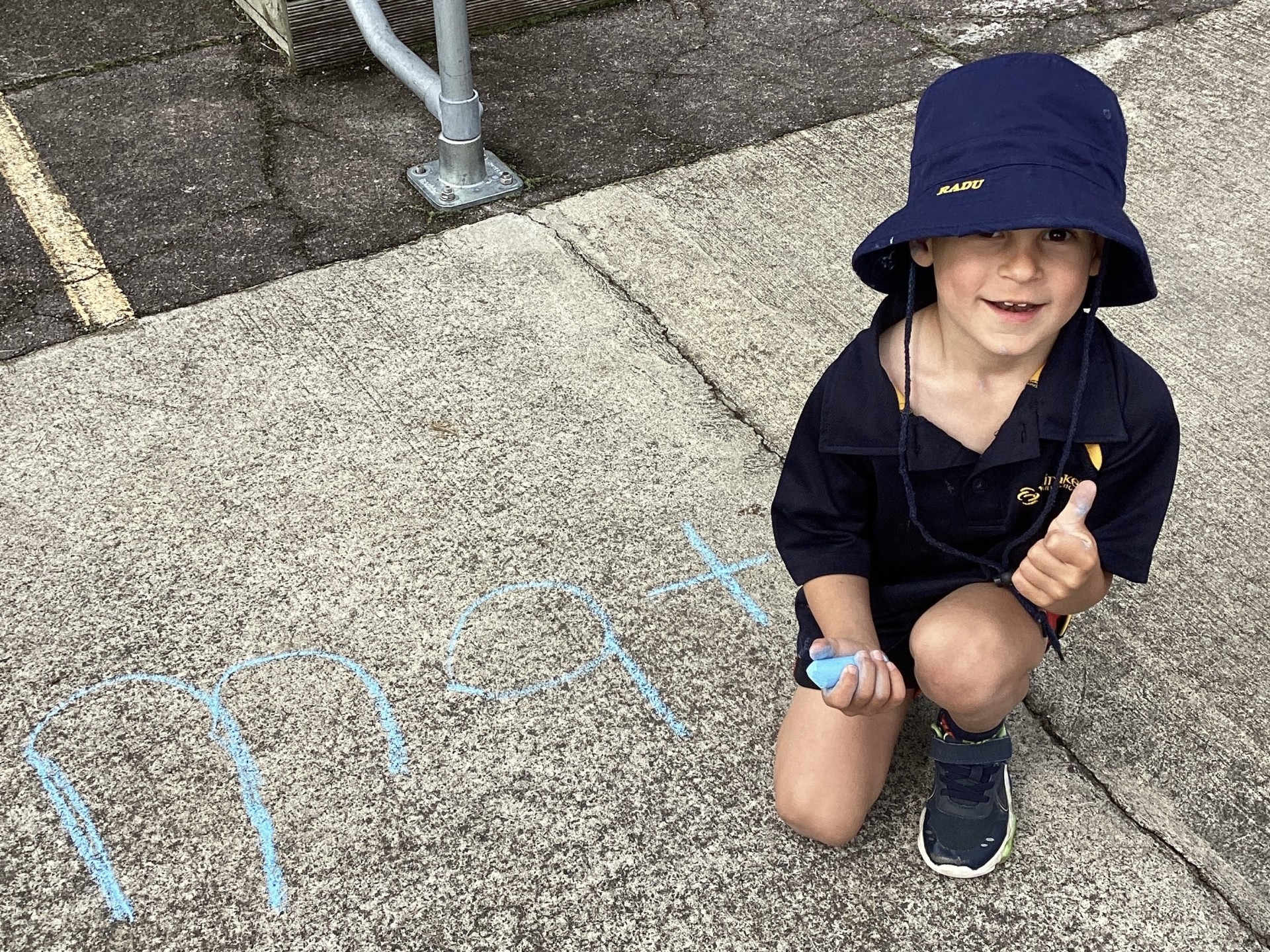
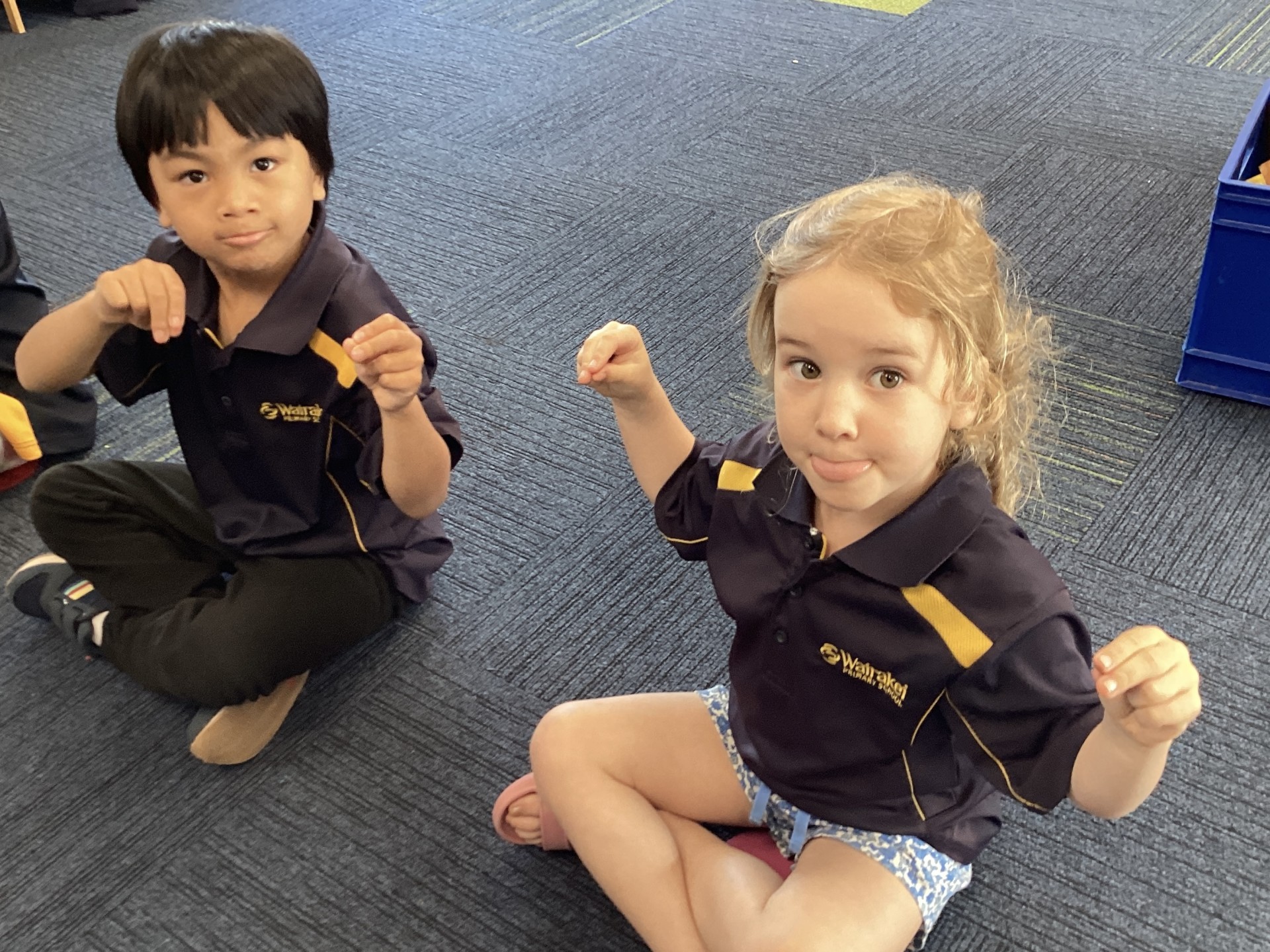
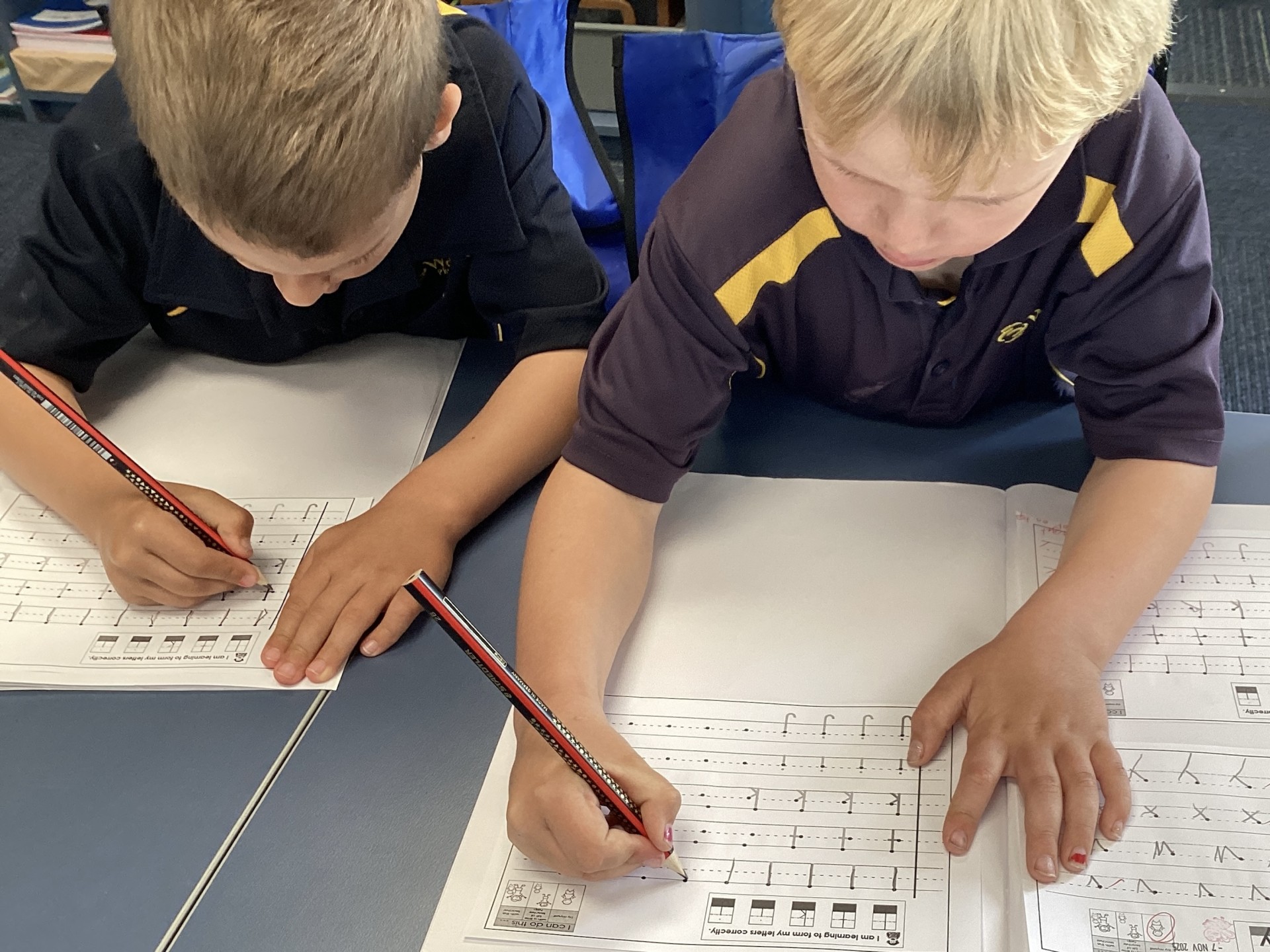
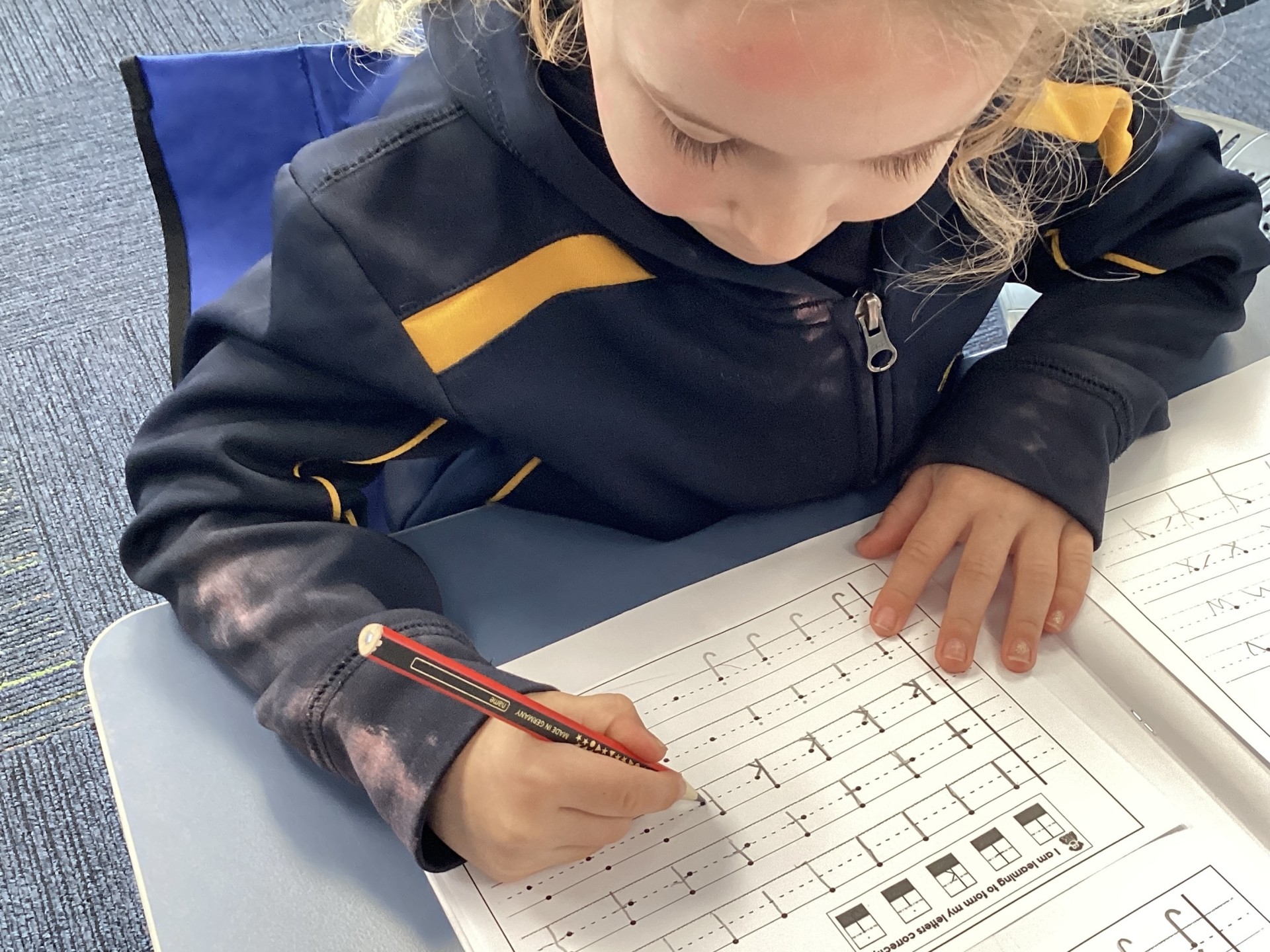
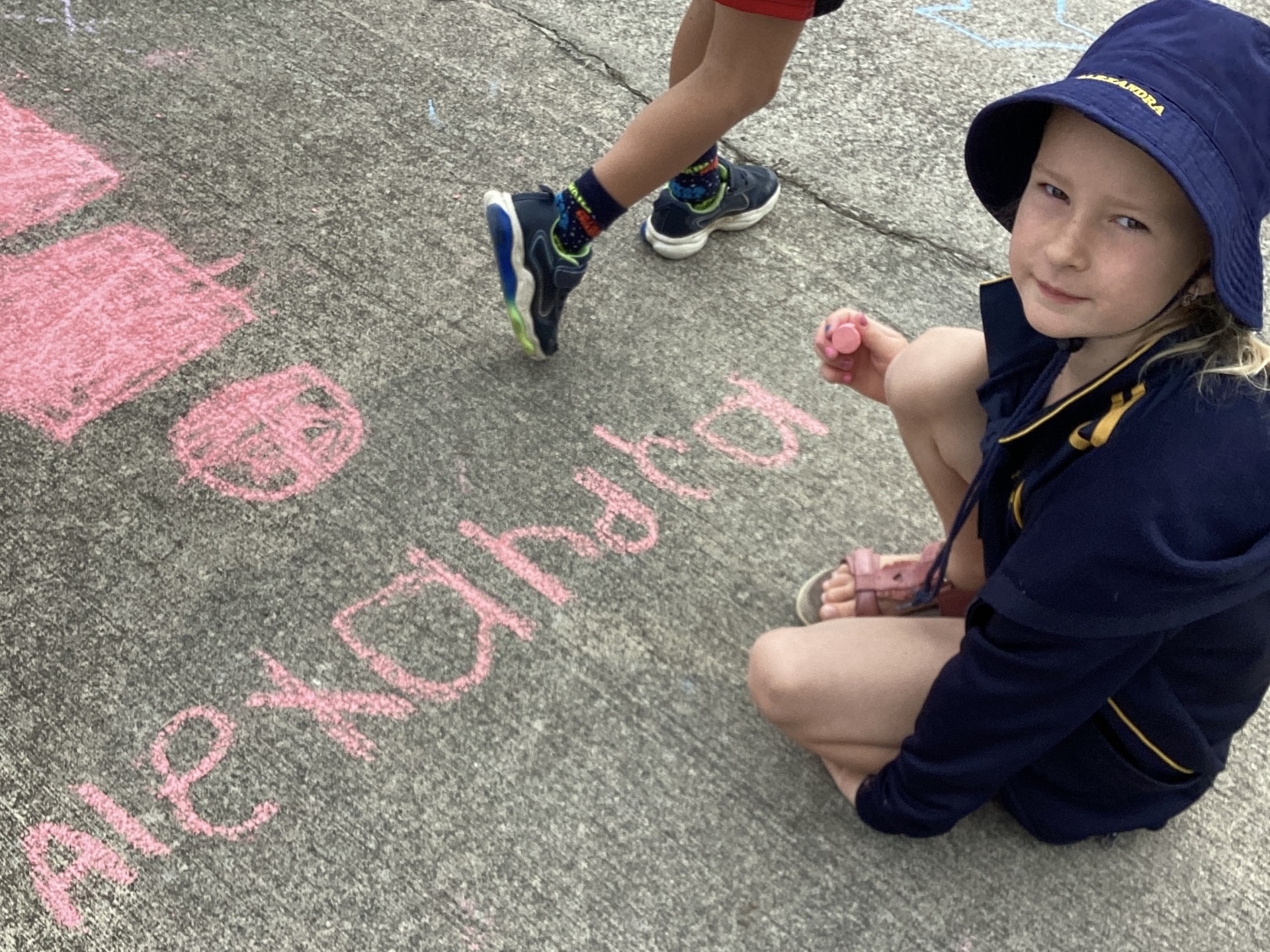


Comments
No one has commented on this post yet.